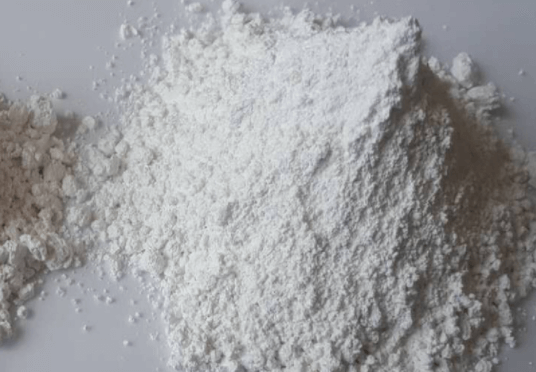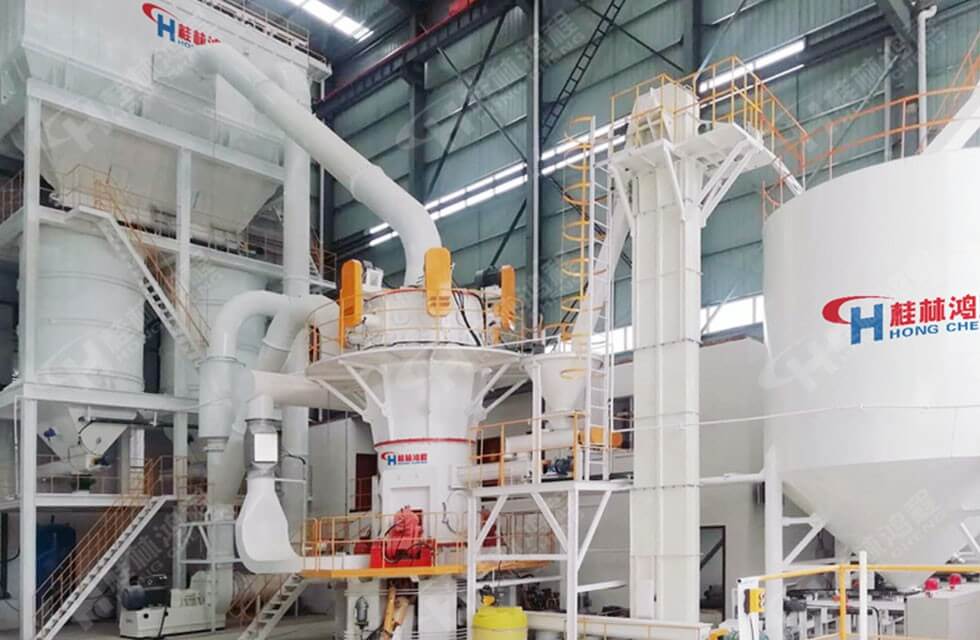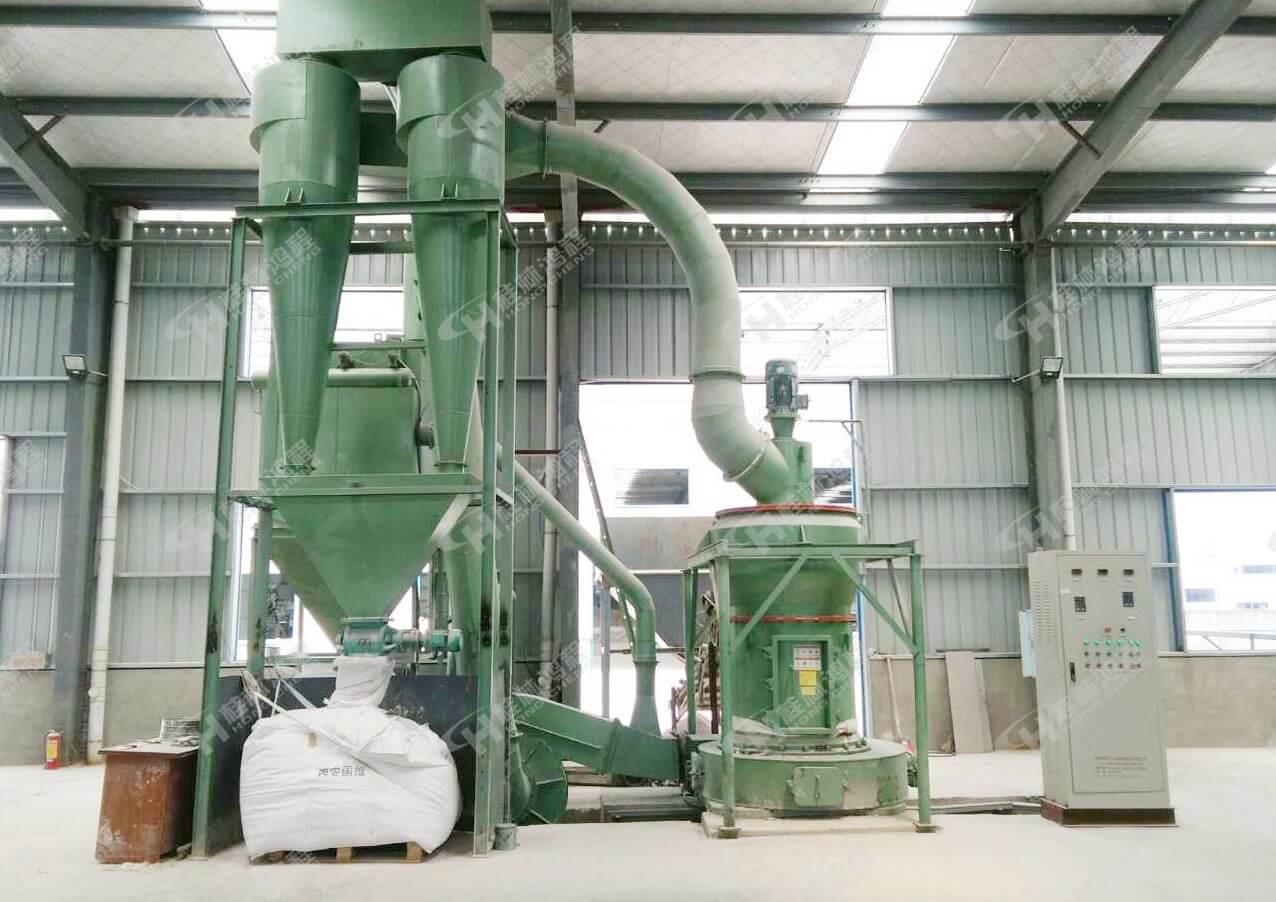The use of kaolin in rubber is mainly manifested in increasing the glass transition temperature of rubber, increasing tensile strength and modulus, and insulating properties. By adjusting the amount of kaolin powder added, the hardness of the rubber can be adjusted, and the processing properties such as mixing, extrusion and molding can be improved.

The use of kaolin in rubber
1. The use of kaolin in rubber
The role of kaolin in rubber is mainly to increase the glass transition temperature, increase tensile strength and modulus, and insulation properties. Kaolin plays a role as a nucleating agent in polypropylene, which can improve the rigidity and strength of polypropylene; it can play a role in blocking infrared rays in plastic films (such as PE); adding 5~ 8 parts of modified calcined kaolin can improve the volume resistivity of the cable; at the same time, kaolin also has anti-settling effect. In the past, antimony trioxide powder was generally used as a flame retardant in the production of flame retardant copper clad laminates. It is easy to settle in the rubber compound, so a certain amount of kaolin is added to prevent sedimentation, and it can also partially replace antimony trioxide. After adding a certain proportion of kaolin, the flame retardant of the copper clad laminate will reach the Fvl level, to partially replace and reduce the cost of flame retardants.
The main technical indicators such as tensile strength, elongation at break, permanent deformation rate at break, Shore A-type strength, etc. can meet the relevant standard requirements for rubber pipes produced by using kaolin fine powder instead of light calcium. At the same time, as the particle size of the kaolin fine powder decreases, the reinforcement is improved, and the performance is better than that of light calcium. Adding kaolin to the rubber compound, mixing is also easy, and it is also conducive to the dispersion of carbon black in the rubber compound, the surface of the rubber compound also appears smooth and soft, and the surface of the finished product is fine and smooth.
2. Technical indicators of kaolin powder for rubber
| Rule | Particle size(μm) | 325 mesh Sieve residue(%) | Oil absorption(g/100g) | ph | Whiteness(%) | Moisture(%) | Loss on ignition(%) |
|---|---|---|---|---|---|---|---|
| HY-801 | 2 | -- | 68 | 6.5 | 95 | 0.14 | ≤0.1 |
| HY-801A | 2 | -- | 60 | 6.5 | 94 | 0.07 | ≤0.1 |
3. Kaolin Powder Milling Equipment for Rubber
The 325 mesh kaolin powder for rubber is more common. The difference between the HLMX ultrafine mill and the Raymond mill in the selection of equipment for the kaolin milling project is very obvious in terms of powder output. It is necessary to obtain ultrafine powder of 800 mesh or more Usually an ultrafine mill is chosen.

Kaolin HLMX ultrafine mill case site, welcome to leave a message or consult [email protected]
(1) The kaolin used for rubber is processed by HLMX ultra-fine mill, and the fineness of the powder is between 325-2500 meshes in the first separation, and the fineness of 2 microns can be achieved by adding a secondary powder separation system.

Kaolin Raymond mill case site, welcome to leave a message or consult [email protected]
(2) The kaolin used for rubber is usually processed with a Raymond mill in the range of 80-600 powder. The HC pendulum mill has the advantages of strong stability, small vibration and low noise.
The use of kaolin in rubber is very important as a filler in kaolin, so individuals or companies with kaolin resources will purchase kaolin equipment to process powder for their own use or supply to rubber manufacturing enterprises.
If you have kaolin resources and need kaolin milling equipment, you can leave a message for consultation. We will convey your needs to our professional engineers and configure production line equipment with corresponding capacity for you.